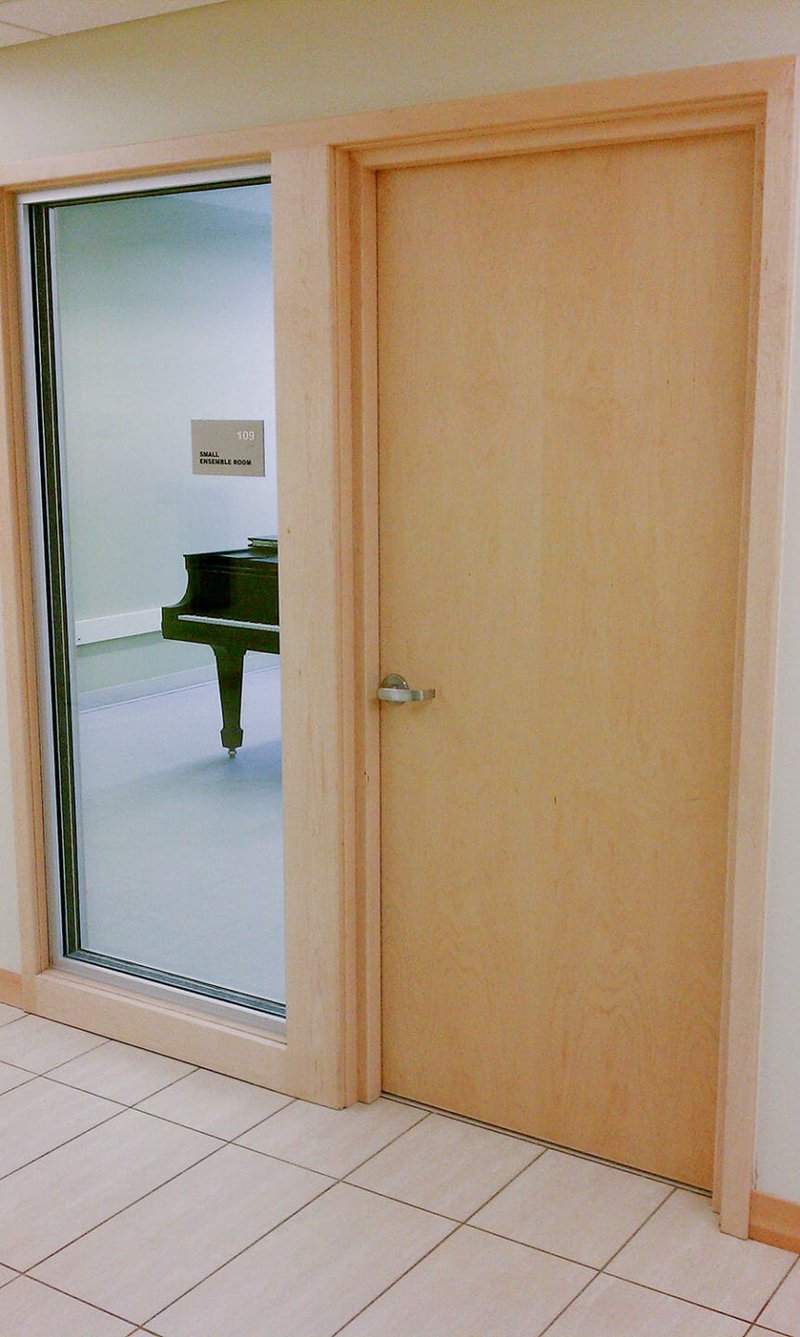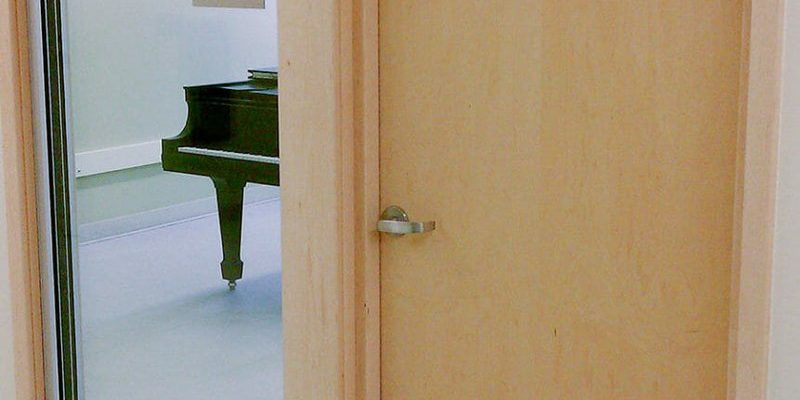
Imagine you’re in a cozy room, trying to capture the perfect vocal track. A creaky door or a poorly sealed frame might let in unwanted sounds, ruining the take. Sounds can travel through even the tiniest gaps, so troubleshooting any hardware issues with your doors can help you create that perfect acoustic setting. Let’s explore common problems, how to identify them, and practical solutions to optimize your interior doors for sound recording.
Understanding the Role of Doors in Sound Recording
Doors are often the unsung heroes of acoustic environments. They serve as barriers, helping to isolate sound and prevent unwanted noise from seeping in or out. But not all doors are created equal. Interior doors may differ in materials, thickness, and design, all of which affect their soundproofing capabilities.
The first thing to consider is the material of your doors. Solid wood doors are generally better at blocking sound than hollow-core doors. If you’re serious about sound recording, investing in solid doors can pay off in better acoustic quality. You might also want to look into soundproof doors designed specifically for recording environments. These doors can greatly reduce sound transmission and enhance your overall sound quality.
Next, think about how your doors seal. If there are gaps around the frame or the door doesn’t close tightly, you might be letting in more noise than you realize. Every little sound can distract from your audio, so it’s essential to ensure your doors create a solid block against unwanted noises.
Identifying Common Hardware Issues
When it comes to troubleshooting, knowing what to look for is half the battle. Here are some common hardware issues with doors that can affect your sound recording quality:
– Misalignment: If your door doesn’t close properly or hangs crookedly, it might not seal well. This can create unwanted gaps that allow noise to sneak in. Check whether the hinges are loose or if the door itself has warped over time.
– Loose Hinges: A door that creaks when opened is not only annoying but can also interrupt your recordings. If your hinges are loose, they may need tightening or even replacing. A well-functioning hinge allows your door to operate smoothly, reducing background noise.
– Weatherstripping Wear: If you’ve got weatherstripping around your door, over time, it might wear down or lose its effectiveness. This can lead to gaps that disrupt your sound isolation and allow outside noise to enter.
By taking the time to check for these issues, you can identify problems that might be impeding your sound recording efforts.
Solutions for Door Hardware Troubles
Once you’ve identified potential hardware issues, it’s time to implement solutions. Here are some steps you can take:
1. Realign Your Door: If misalignment is an issue, start by inspecting the hinges. You might need to remove the screws and reposition the door for a better fit. If the hinges are damaged, consider replacing them entirely. A well-aligned door creates a tighter seal, helping to block unwanted noise.
2. Tighten or Replace Hinges: If you notice any screws coming loose, grab a screwdriver and tighten them up. If the hinges are rusted or broken, replacing them can make a significant difference in how smoothly your door operates.
3. Upgrade Weatherstripping: Check the condition of your weatherstripping. If it’s frayed, peeling, or missing, replace it with new material to help close any gaps. This simple fix can drastically improve sound isolation.
Taking these steps not only enhances the acoustic properties of your recording space but can also extend the life of your doors.
Exploring Soundproofing Options
If your doors are still letting in more sound than you’d like, you might want to consider additional soundproofing options. There are several methods to enhance your door’s acoustics:
– Door Sweeps: Adding a door sweep can help seal the gap at the bottom of your door. This is especially useful in areas with hard flooring, as sound can easily bounce off these surfaces.
– Acoustic Panels: Installing acoustic panels on your door can absorb sound waves, reducing echo and reverberation. These panels come in various designs and colors, making them not only functional but also visually appealing.
– Mass Loaded Vinyl (MLV): This material can be attached to your door to add mass, which helps block sound transmission. It’s heavy but flexible and can be cut to fit your door’s size.
Consider trying one or more of these options if you feel your door isn’t meeting your soundproofing needs.
Comparing Sound Isolation Solutions
If you’re looking at options to improve your recording environment, it may help to compare different methods. Here’s how some popular strategies stack up:
| Method | Effectiveness | Cost | Installation Difficulty |
| Soundproof Doors | High | High | Moderate |
| Weatherstripping | Moderate | Low | Easy |
| Acoustic Panels | High | Moderate | Moderate |
| MLV | Very High | High | Moderate |
As you can see, each method has its pros and cons. For beginners, weatherstripping is a straightforward option. However, if you’re serious about sound recording, you might want to invest in soundproof doors or MLV for the best sound isolation.
Maintaining Your Doors for Optimal Performance
After putting effort into troubleshooting and upgrading your doors, you’ll want to keep them in good shape. Here are some tips for ongoing maintenance:
– Regular Checks: Make it a habit to check your door hardware every few months. Look for signs of wear and tear, loose screws, or alignment issues.
– Cleaning: Don’t forget to clean your door and the surrounding area. Dust and debris can also affect the fit and function of weatherstripping and hinges.
– Lubrication: If you notice your door or hinges sticking, a little lubricant can go a long way. Choose a product suited for your door material to keep everything functioning smoothly.
By taking these steps, you’ll ensure that your doors contribute positively to your acoustic environment and help you capture the best sound possible.
In conclusion, optimizing hardware on your interior doors used for sound recording is crucial for achieving high-quality audio. Whether you’re battling misalignment, creaky hinges, or inadequate soundproofing, there are practical steps you can take. By addressing these issues proactively, you’ll create a better recording environment. With a little care and attention, your doors can help you sound great!
